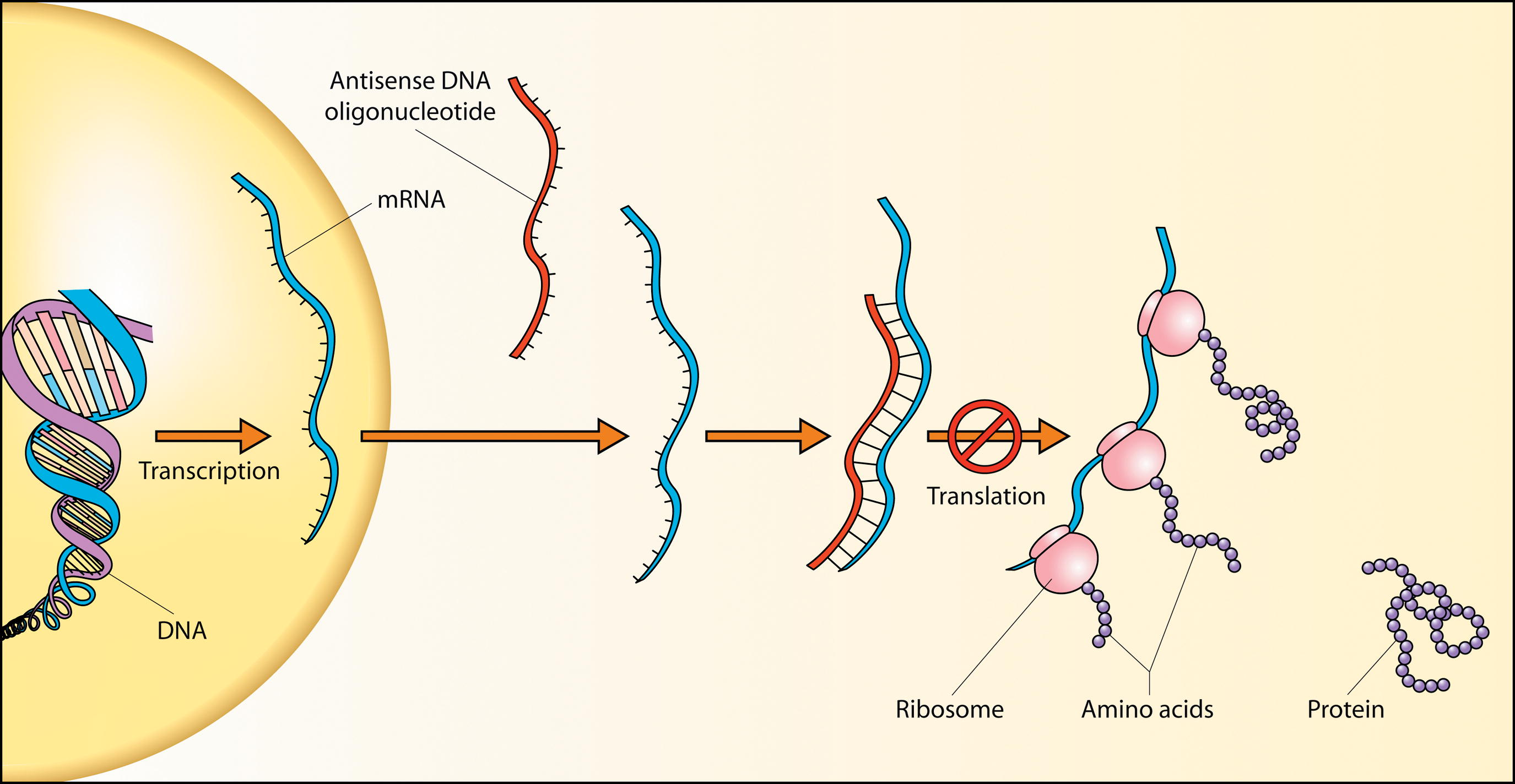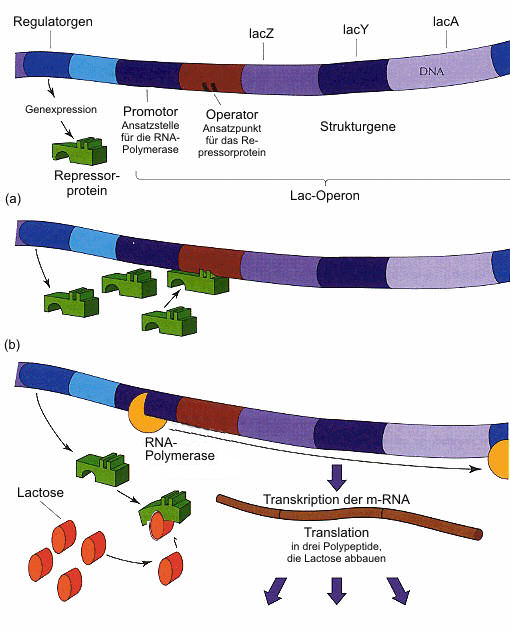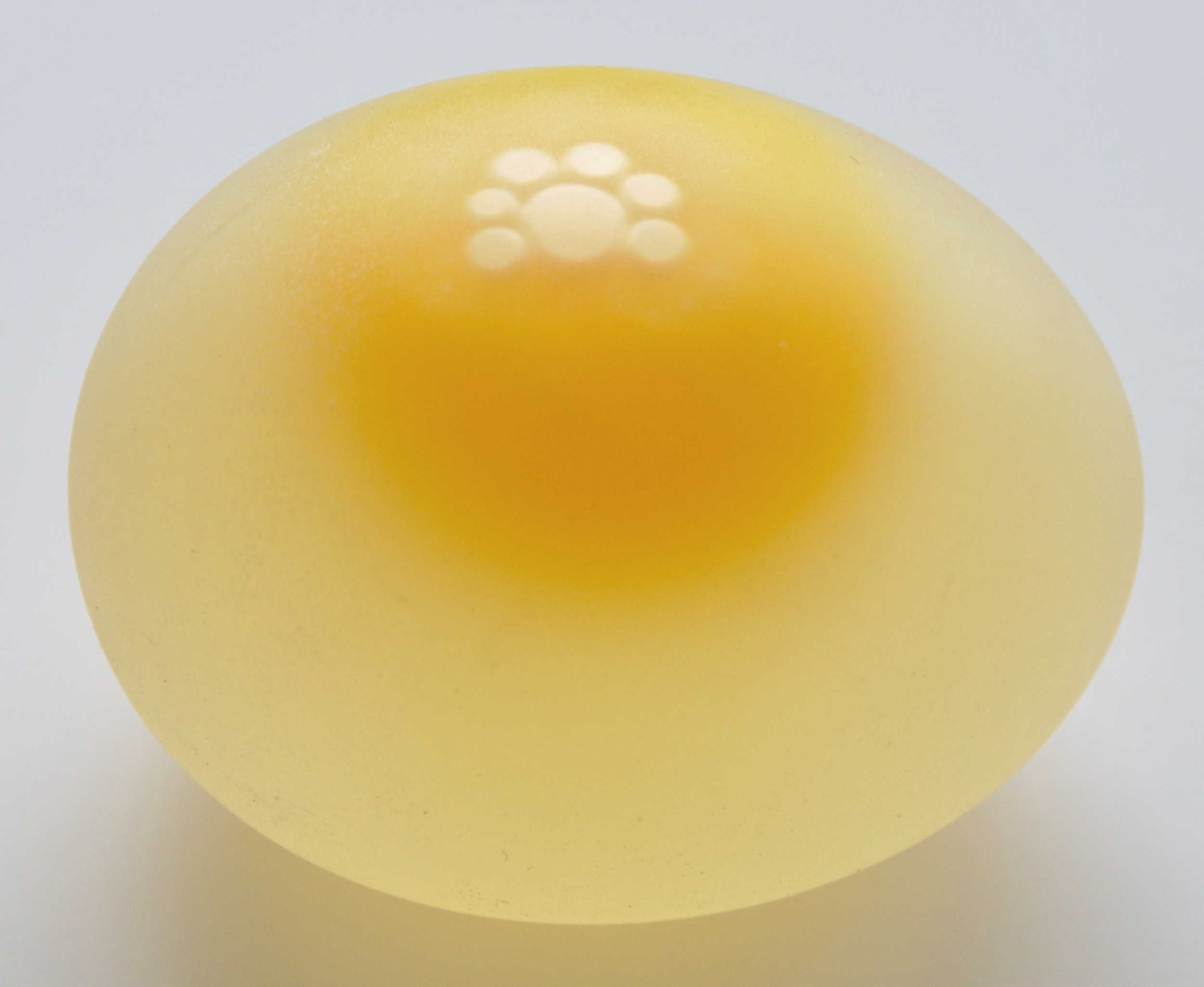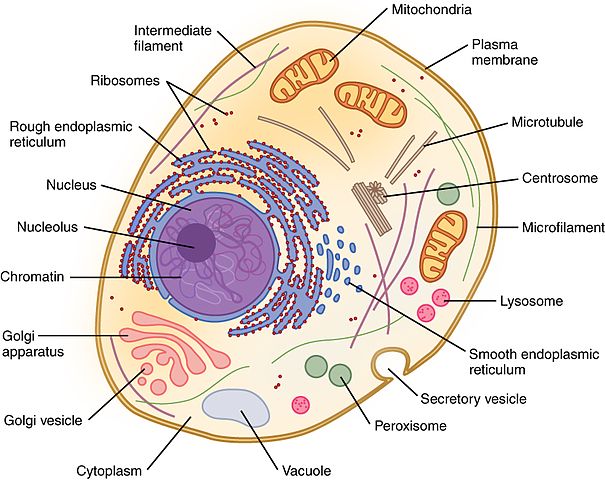 In this unit, I learned about the central dogma of biology which is when DNA transcribes to RNA in which that translates to protein. This is my strength in this unit because what we learned in the last unit really help build the subject of this unit. I learned how information flows from different parts of cells to make one complete thing and this when learning how proteins are made. The information, which was given to me, was quite easy to get because it is a fun subject to learn about. Though, in the unit, the last section was very hard for me to understand. The last section was about gene expression and regulation. When listening to the vodcast it made some sense to me, but when studying it for the final that is coming up, I had a trouble time. This subject was a setback for me until Mr. Orre reviewed it for us in class. Diagrams of gene regulation was very helpful for me and soon I successfully understood what was happening.
In this unit, I learned about the central dogma of biology which is when DNA transcribes to RNA in which that translates to protein. This is my strength in this unit because what we learned in the last unit really help build the subject of this unit. I learned how information flows from different parts of cells to make one complete thing and this when learning how proteins are made. The information, which was given to me, was quite easy to get because it is a fun subject to learn about. Though, in the unit, the last section was very hard for me to understand. The last section was about gene expression and regulation. When listening to the vodcast it made some sense to me, but when studying it for the final that is coming up, I had a trouble time. This subject was a setback for me until Mr. Orre reviewed it for us in class. Diagrams of gene regulation was very helpful for me and soon I successfully understood what was happening.
From these experiences, I learned the different ways I should study for the biology final. Before reviewing gene expression and regulation, I did not realize how important diagrams are and how they can really help clear things up about a specific subject. From doing the infographic last unit, I learned different techniques in reviewing multiple subjects at a time. The act of making an inforgraphic is a good way to study because the pictures and words summarize important topics in a chapter or unit.
I want to learn more about the different molecules that help contribute with the process of creating a protein. I wonder about many things when learning biology, but I mostly wonder about where we come from, and how do we know what we know is true. Last unit, I did this test called, Vark Questionare. Vark Questionare helps you know what your strengths are and how one should study a subject using your strengths to increase the learning process. After taking that test, I felt like I already knew how to study and what techniques I should do. There was no new information that I learned about myself when looking back at the results. There are no unanswered questions I have in this unit and I feel confident for the final next week.










